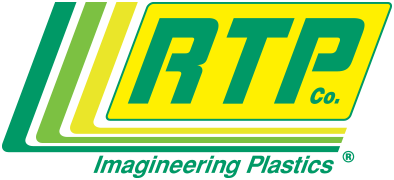EPA Issues Guidelines to Research, Restrict, and Remediate the Use of PFAS
The United States Environmental Protection Agency (EPA) has issued guidelines pertaining to both polymers and non-polymers that contain PER- and POLYFLUOROALKYL SUBSTANCES, commonly referred to as PFAS. The EPA’s stated principles regarding PFAS are found in the PFAS Strategic Roadmap, which highlights efforts to research, restrict, and remediate their use. The broad definition of PFAS pertains to thousands of chemicals, including PTFE and PFOA that are commonly used in polymer compounds to aid in friction reduction and wear resistance. Experts at RTP Company are monitoring the situation on both Federal and local levels, and anticipate that there will be regulatory changes ahead. In an effort to help our customers prepare for these changes, we have identified several alternative materials that provide excellent wear and friction resistance without the use of PFAS. Let’s look at one such example in Minnesota…
Local impact: how states are interpreting the EPA guidelines
Using the EPA guidelines, individual states are drafting unique legislation that may impact your business by preventing the use, sale, and distribution of certain products that contain PFAS additives. Since there is not a common framework adopted in all 50 united states, this may create challenges for your business. Consider the Minnesota proposal and the compliance timeline summary below:
APWA and ABR Compounds from RTP Company offer an environmentally conscious material choice
One way to reach compliance is to utilize RTP Company’s All Polymeric Wear Alloy (APWA) or Abrasion Resistant (ABR) technologies. These materials are PFAS-free and offer exceptional wear and friction resistant performance that is similar to, or even better than PFAS. In addition, they are halogen-free and RoHS compliant, making them ideal for injection molded plastic parts in consumer goods, electrical and electronic products, office equipment, and more.
For more information, contact your local RTP Company representative and speak with our Research and Development Engineers to discuss your application. We’ll help identify the most suitable and compliant polymer compound as an alternative, provide samples and technical assistance, and scale up manufacturing of the thermoplastic compound your application requires.





